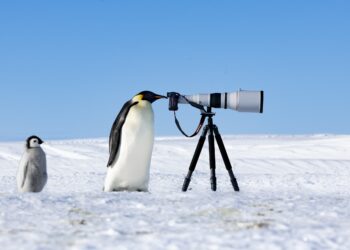Rachel Feltman: I want you to do something for me. Close your eyes. I’m going to say a word, and I’d like you to, as quickly as you can, come up with a mental image to go with it.
The word is “conservationist.”
Okay, so what did you picture? (If you were able to come up with anything, that is.) Did you see images of animals first? When your mind got around to picturing an actual zoologist, who did you see? Was it Charles Darwin? David Attenborough? Maybe Jane Goodall?
On supporting science journalism
If you’re enjoying this article, consider supporting our award-winning journalism by subscribing. By purchasing a subscription you are helping to ensure the future of impactful stories about the discoveries and ideas shaping our world today.
[CLIP: Theme music]
Feltman: For Scientific American’s Science Quickly, this is Rachel Feltman. You’re listening to the third episode of our Fascination miniseries on “The New Conservationists.” Today we’re going to talk about who actually does this kind of work—and how that’s changing.
Our guide for this adventure is Ashleigh Papp, an animal scientist turned storyteller. And to tell this particular story, she’ll take us out to an island off the coast of California—and later onto the African savanna—to meet two conservation researchers who are breaking those dusty old molds and changing the field for the better.
Isaac Aguilar: The Argentine ant is one of the most invasive species in the world; it’s found on every continent now, all over the world, except for Antarctica. They’re probably just in my backyard here.
Ashleigh Papp: That’s Isaac Aguilar. He’s a graduate student in the geology division at the California Institute of Technology. Before starting this chapter he spent plenty of time outside as a field research assistant on San Clemente Island, off the coast of Southern California, watching ants.
[CLIP: Sounds of footsteps and birds]
Aguilar: We hike around and find where these infestations are. We…
Read the full article here







